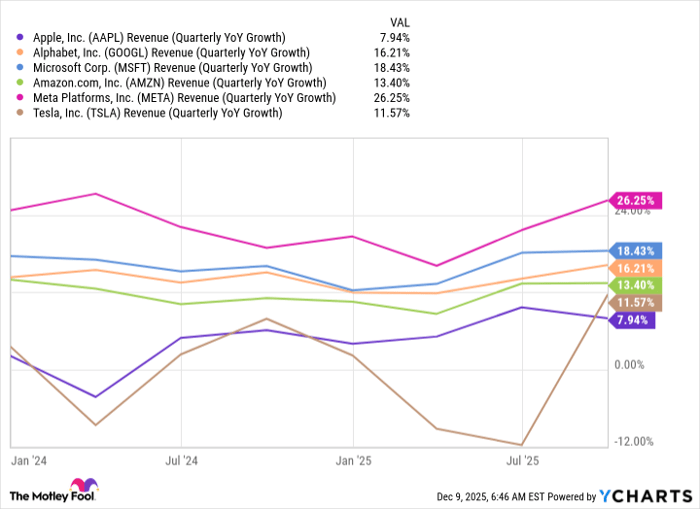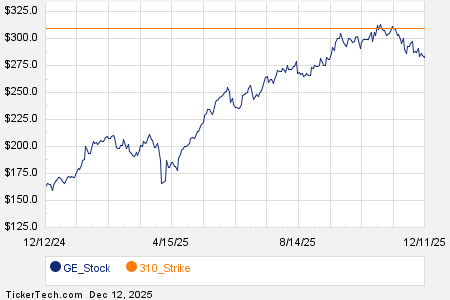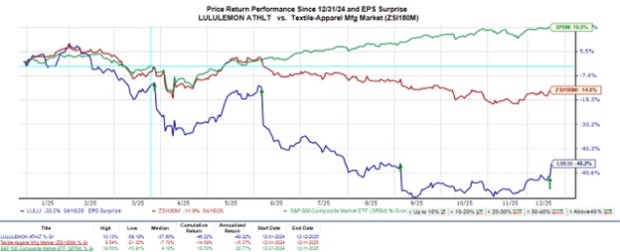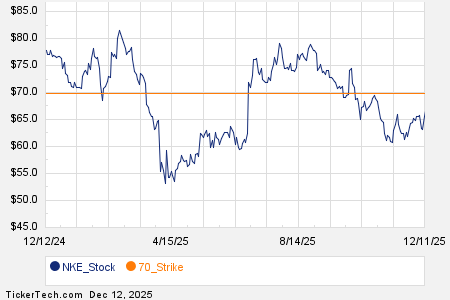Tesla’s Growth Challenges Raise Questions About Future Valuations
Cathie Wood has established her reputation at ARK Invest through bold investments in transformative technology stocks, particularly Tesla (NASDAQ: TSLA). This strategy has attracted billions in investor assets, driven by promises of high growth focused on innovation.
Wood recently predicted Tesla’s stock could soar to $2,600 a share, potentially valuing the company close to $10 trillion. Presently, the stock trades around $275. While Wood and others express optimism, a deeper analysis reveals substantial challenges that may hinder Tesla’s growth.
Declining Market Share
The electric vehicle (EV) market has allowed Tesla to achieve near $100 billion in revenue at an unprecedented rate. However, recent quarters show a significant slowdown in growth. Tesla’s market share in the U.S. dropped from 75% in Q1 2022 to 43.5% in Q1 2025.
Though still a leader, this decline in market share has negatively impacted revenue, which fell 20% year-over-year last quarter. This trend is also evident outside the U.S.; competition in China intensifies as local manufacturers outperform Tesla, while new European models challenge Tesla’s presence.
Despite significant price reductions, Tesla has not seen growth, which has hurt its profit margins. The gross margin has decreased from around 30% to below 18%, while the operating margin has fallen from 16% to 7.4% in the last year. If these trends continue, margins may decline further.

Charging an electric vehicle.
Energy Segment and Speculative Projects
The energy pack segment has shown strong growth, with revenue increasing 67% year-over-year to $2.73 billion last quarter. These battery packs support more stable energy systems globally, used by both commercial and individual customers.
However, this growth is insufficient for a company of Tesla’s size, as the energy segment has low gross margins and a limited addressable market. CEO Elon Musk has indicated that significant revenue from this segment is not expected in the near future.
Musk primarily emphasizes advancements in autonomous vehicles and the Optimus humanoid robot. Tesla has consistently claimed progress in these areas, notably in the self-driving Robotaxis market, but tangible developments have been lacking.
Investors may need to exercise patience, as these segments may take longer than anticipated to generate profits.

TSLA Operating Margin (TTM) data by YCharts; TTM = trailing 12 months.
High Valuations Compared to Peers
A review of Tesla’s stock price indicates it trades at a premium relative to its peers, commonly referred to as the “Magnificent Seven,” and the broader market. It currently has a price-to-earnings (P/E) ratio of 151, whereas the S&P 500 averages a P/E ratio between 20 and 30. Competitors in the Magnificent Seven typically have P/E ratios nearer to 30, 40, or 50.
Historically, traditional automakers trade at P/E ratios of 10 or below. Given Tesla’s declining revenue and overvaluation, there are concerns about its market positioning. While management may continue to promote the excitement of new developments, prudent investors recognize that stock performance is ultimately tied to fundamentals.
Expert Views and Investor Cautions
The current situation suggests that Tesla’s stock is more likely to decline than to rise to ambitious price targets, making it a questionable buy for portfolios right now.
Brett Schafer has no position in any of the stocks mentioned. The Motley Fool has positions in and recommends Tesla. The Motley Fool has a disclosure policy.
The views and opinions expressed herein are those of the author and do not necessarily reflect those of Nasdaq, Inc.








